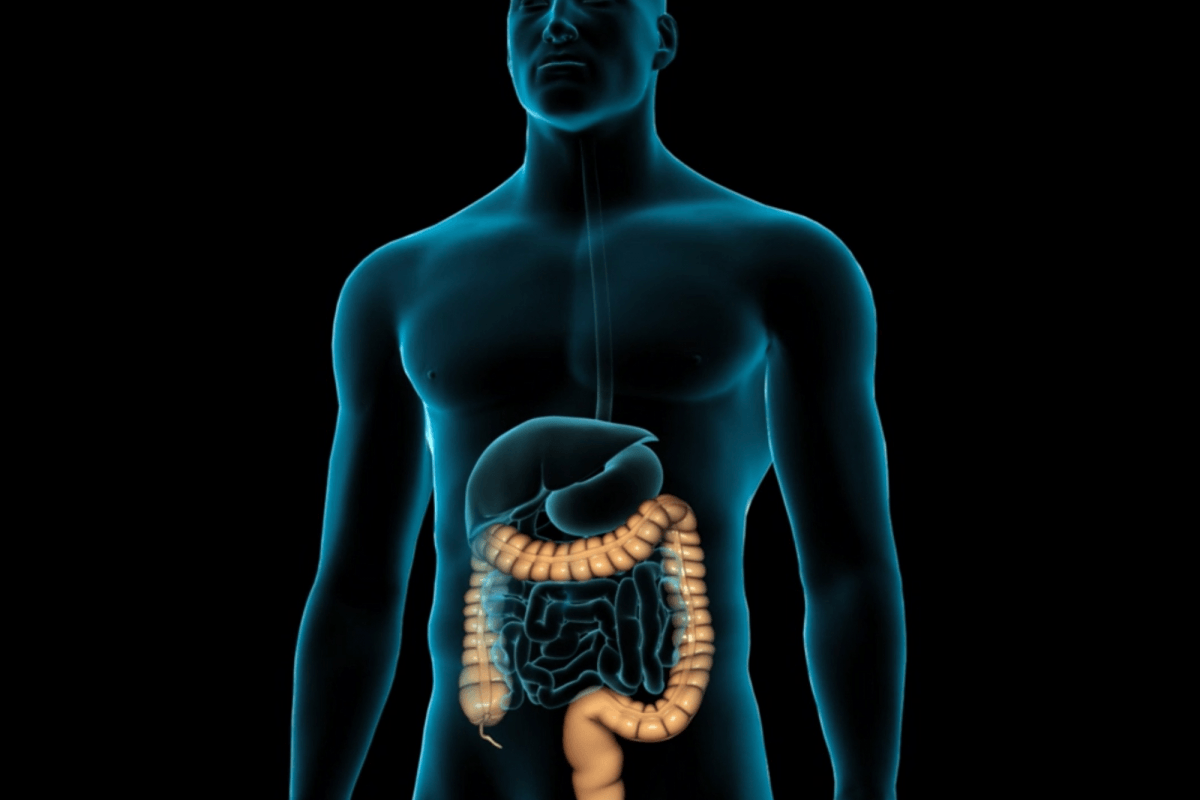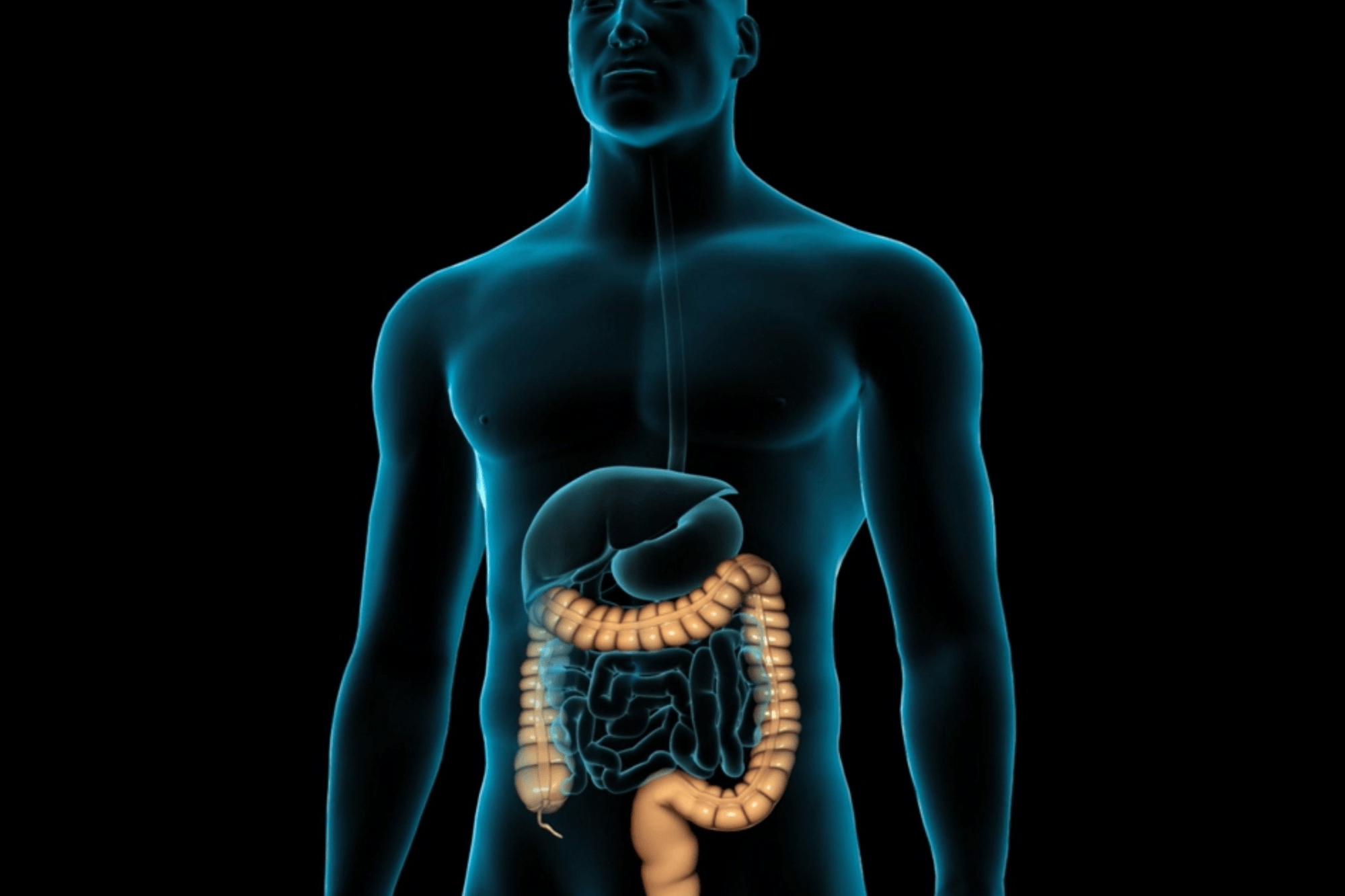Understanding Gastrointestinal Endoscopy

A revolutionary medical procedure, an endoscopy enables a doctor to view and operate on the internal organs and vessels of your body using specialized instruments. When endoscopy is used in the treatment of gastrointestinal conditions, the procedure is known as gastrointestinal endoscopy.
In this case, a doctor can see the inside lining of your digestive tract. This examination is performed using an endoscope – a flexible fiber-optic tube with a tiny TV camera at the end. The endoscopic tube is thinner than an index finger. The camera is connected to either an eyepiece for direct viewing or a video screen that displays the images on a color TV. The endoscope not only allows diagnosis of gastrointestinal (GI) disease but treatment as well.
Performed in either an outpatient or inpatient setting, GI endoscopy helps doctors diagnose diseases like ulcers, cancer, polyps, abnormal growths, and bleeding that may not be diagnosed by other imaging tests.
GI Endoscopy has several names, depending on which portion of your digestive tract your doctor seeks to inspect.
- Upper gastrointestinal endoscopy is used to examine your esophagus and upper intestinal tract.
- Endoscopic retrograde cholangiopancreatography (ERCP): This is a test used to find and treat abnormalities in your pancreas, bile ducts, and gallbladder. ERCP is a combination of two tests: an endoscopy and an X-ray.
- Colonoscopy: This procedure enables the doctor to see ulcers, the inflamed mucous lining of your intestine, abnormal growths, and bleeding in your colon, or large intestine.
- Enteroscopy: This is a recent diagnostic tool that allows a doctor to see your small intestine
- Laparoscopy is used to examine your abdominal or pelvic area
Preparations & Precautions
- Before a GI endoscopic procedure, inform your specialist if you are pregnant, have a lung or heart condition, or if you are allergic to any medications
- Do not eat or drink anything for eight hours before the procedure
- Medications for high blood pressure, heart conditions, or thyroid conditions may be taken with a small sip of water before the procedure.
- Ensure that you have someone drive you home following the endoscopy. The sedation given during the procedure causes drowsiness and dizziness and impairs your judgment, making it unsafe for you to drive or operate machinery for up to eight hours following the procedure.
Most of the above GI endoscopic procedures are performed as an outpatient procedure. This means you won’t have to stay overnight in the hospital. If you or your loved one is suffering from a gastrointestinal condition, talk to your doctor about these endoscopic procedures.
Request a call back



 Call-an-Ambulance
Call-an-Ambulance



